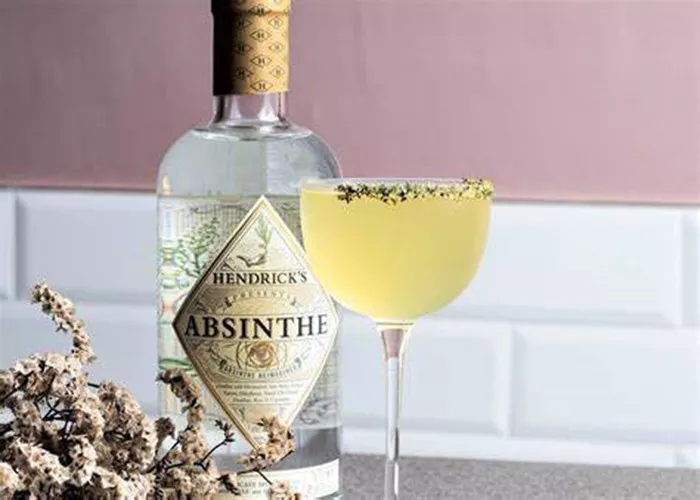Absinthe is a highly alcoholic spirit that is known for its distinctive green color and complex flavor profile. It has a reputation for being a strong and potent drink, but many people are unsure about its exact alcohol content. In this essay, we will explore what proof is absinthe, including its alcohol content, how it is measured, and how it compares to other types of alcohol.
What is Proof?
Proof is a measure of the alcohol content of a beverage. It is defined as twice the percentage of alcohol by volume (ABV). For example, a beverage that is 40% ABV is 80 proof. The term “proof” originated in the 18th century, when British sailors would test the alcohol content of their rum by pouring it on gunpowder and then lighting it on fire. If the gunpowder ignited, the rum was considered “proof” that it was strong enough to be served onboard.
History of Absinthe
What Proof is Absinthe?
Absinthe is a highly alcoholic spirit that is typically made with a base of neutral grain alcohol and flavored with botanicals such as anise, fennel, and wormwood. The alcohol content of absinthe can vary depending on the brand and the recipe, but it is typically between 45% and 74% ABV (90 to 148 proof).
In the United States, the legal limit for absinthe is 75% ABV (150 proof), but most absinthes sold in the US are between 45% and 68% ABV (90 to 136 proof). In Europe, the legal limit for absinthe is 80% ABV (160 proof), but most absinthes sold in Europe are between 45% and 74% ABV (90 to 148 proof).
Making of Absinthe
How is Absinthe Proof Measured?
The alcohol content of absinthe is typically measured using a hydrometer, which is a device that measures the density of a liquid. The density of the liquid is affected by the amount of alcohol in it, so by measuring the density, the alcohol content can be calculated.
To measure the alcohol content of absinthe using a hydrometer, the hydrometer is placed in a sample of the absinthe and the reading is taken. The reading is then compared to a chart that shows the alcohol content based on the density measurement.
How Does Absinthe Compare to Other Types of Alcohol?
Absinthe is one of the strongest types of alcohol, with an alcohol content that can range from 45% to 74% ABV (90 to 148 proof). This makes it stronger than most types of beer, wine, and even many types of spirits.
For comparison, beer typically has an alcohol content between 4% and 8% ABV (8 to 16 proof), wine typically has an alcohol content between 9% and 16% ABV (18 to 32 proof), and most spirits typically have an alcohol content between 35% and 50% ABV (70 to 100 proof).
See Also: What Alcohol Is Absinthe?
Tasting and Enjoying Absinthe
Health Considerations
Conclusion:
In conclusion, absinthe is a highly alcoholic spirit that typically has an alcohol content between 45% and 74% ABV (90 to 148 proof). The alcohol content of absinthe can vary depending on the brand and the recipe, but it is typically stronger than most types of beer, wine, and even many types of spirits. The alcohol content of absinthe is typically measured using a hydrometer, which measures the density of the liquid. When drinking absinthe, it is important to drink it in moderation and to be aware of its high alcohol content. So the next time you enjoy a glass of absinthe, be sure to savor its complex flavor and aroma, but also remember to drink responsibly.
You might be interested


